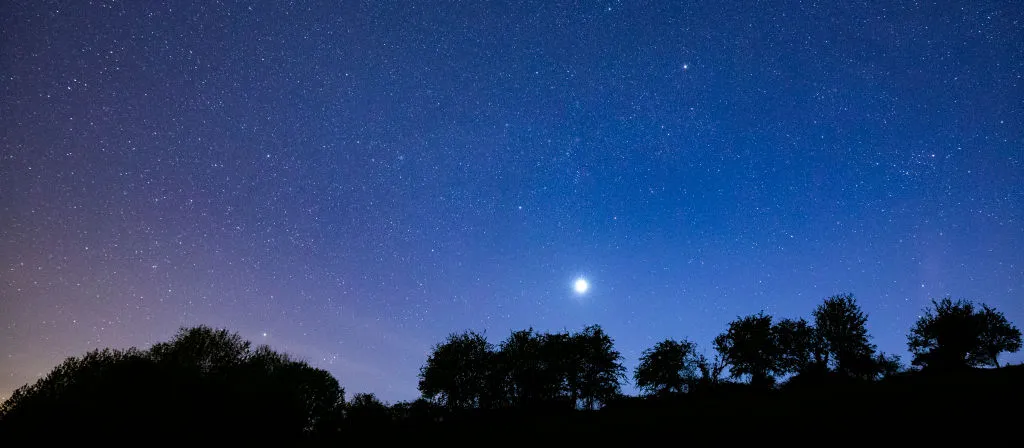Balancing on tiptoes, I peer into the aged metal telescope, its sheer size acting as a centrepiece in the small room that makes up the observatory.
I squint, focusing on the bright-white planet that peeps through the slit in the building’s dome.
More mindful stargazing

Despite the continuous sheet of cloud blocking most of our starlight, Jupiter shines proudly through the field of view.
Seeing this gas giant, I’m amazed that we’re able to see the Universe as if it’s in arm’s reach.

At the Jeremiah Horrocks Observatory in Preston, fellow passionate stargazers are taking their seats around me for the annual Forest of Bowland Dark Skies Festival.
It's a week full of astronomy-themed evenings and, in an ideal world, plenty of stargazing. Unfortunately, this evening’s dark sky is obscured by an opaque blanket of thick cloud.
"The two greatest enemies of astronomers are clouds and light pollution," Dermot Gethings, the vice chair of Preston’s Astronomical Society, tells us with a chuckle.
Dermot begins his presentation by passing around a small chunk of meteorite that is estimated to be 4.5 billion years old.
I cradle the extraterrestrial rock carefully in my palms, admiring its reddish tinge and smooth metallic surface.
Its shape is irregular with random indentations all over and it’s surprisingly heavy for such a small object.
As I inspect it, I contemplate the journey this little space rock must have endured; the thought of the millions of miles it travelled to end up in my hands leaves me feeling utterly awestruck.

Even when the stars aren’t visible to the naked eye, we can still feel that sense of connectedness to our Universe.
As one of the festival speakers tells us, being an armchair astronomer is more accessible than ever.
From learning new constellations using stargazing apps and accessing live images from the Hubble Space Telescope, to attending astronomy events such as the Dark Skies Festival, anyone can feel captivated by the night sky.
While living in a city does make stargazing more of a challenge, it’s still worth taking a moment to look up.
I often catch myself searching for the stars that manage to sparkle through the light pollution. They are enough to stop me in my tracks and make me feel part of something bigger.

With the last talk of the evening at a close, I leave the observatory feeling mesmerised by our starry skies. I head to my home for the night, a cosy hut at the Dark-Sky-accredited Bowland Escapes, and sit beneath the vast darkness with a warming cup of tea.
Surrounded by the quiet Forest of Bowland, the cloud layer seems a little thinner, the light pollution a little lower, and I start to notice twinkling dots all over, faint at first but filled with wonder nonetheless.
As I marvel at the constellations that manage to defy our dark skies’ many barriers, I begin to feel that same sense of awe I felt with the meteorite in my hands.
I guess you don’t need clear skies to appreciate the stars.
This article appeared in the May 2025 issue of BBC Sky at Night Magazine

